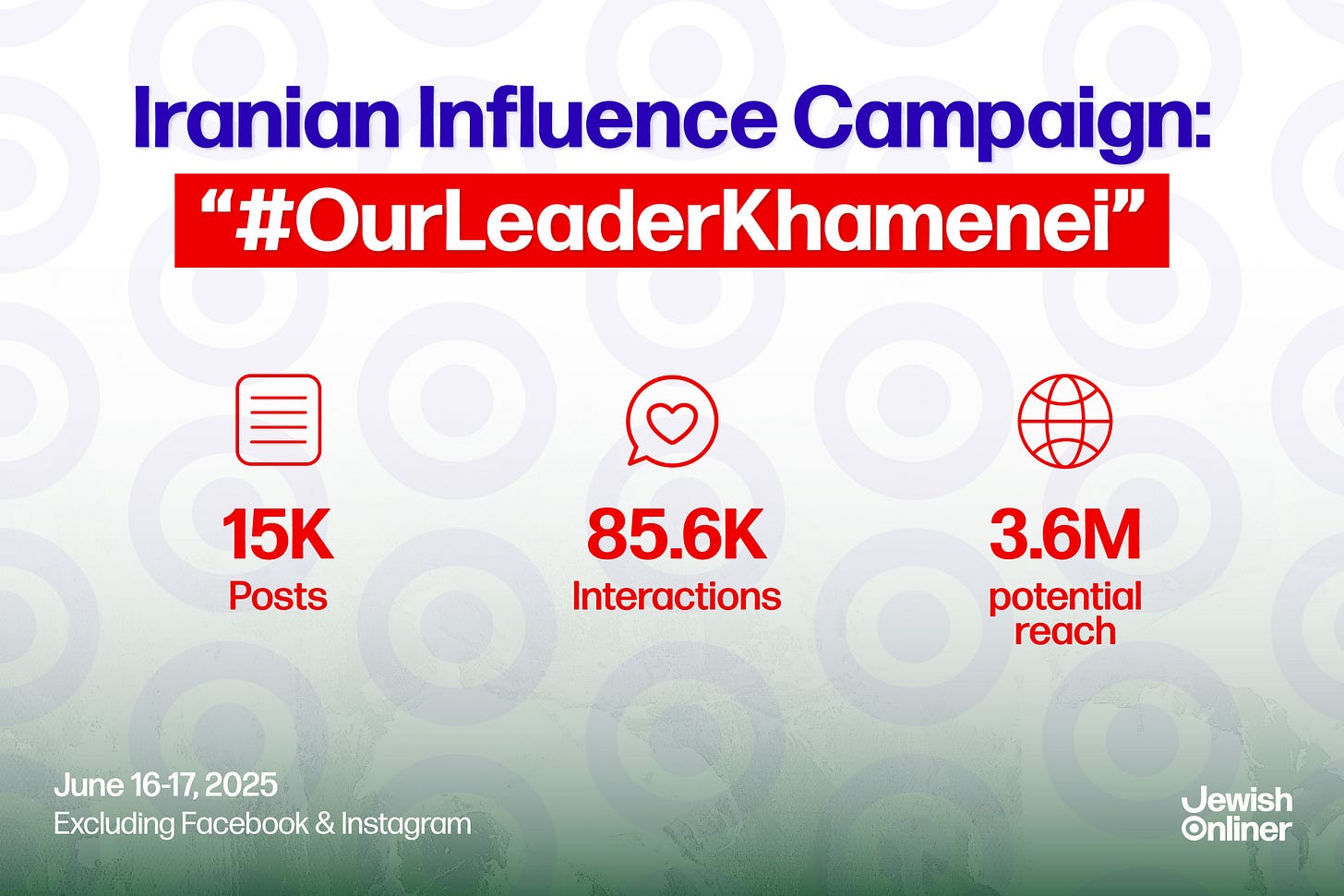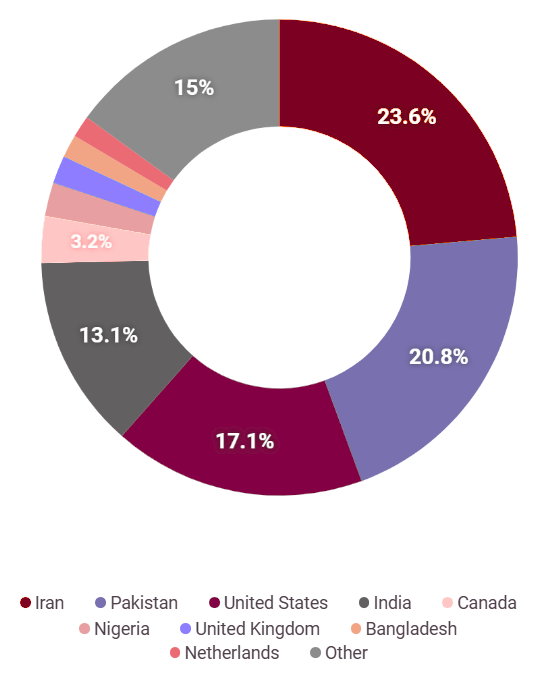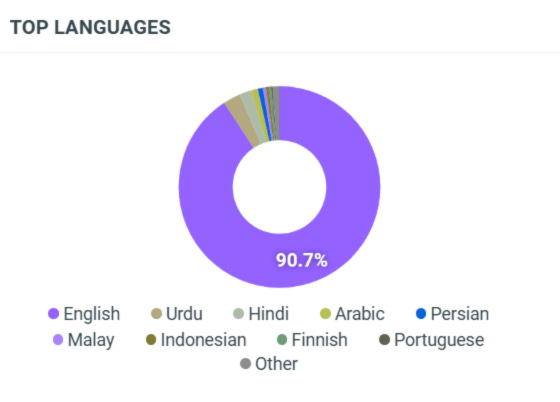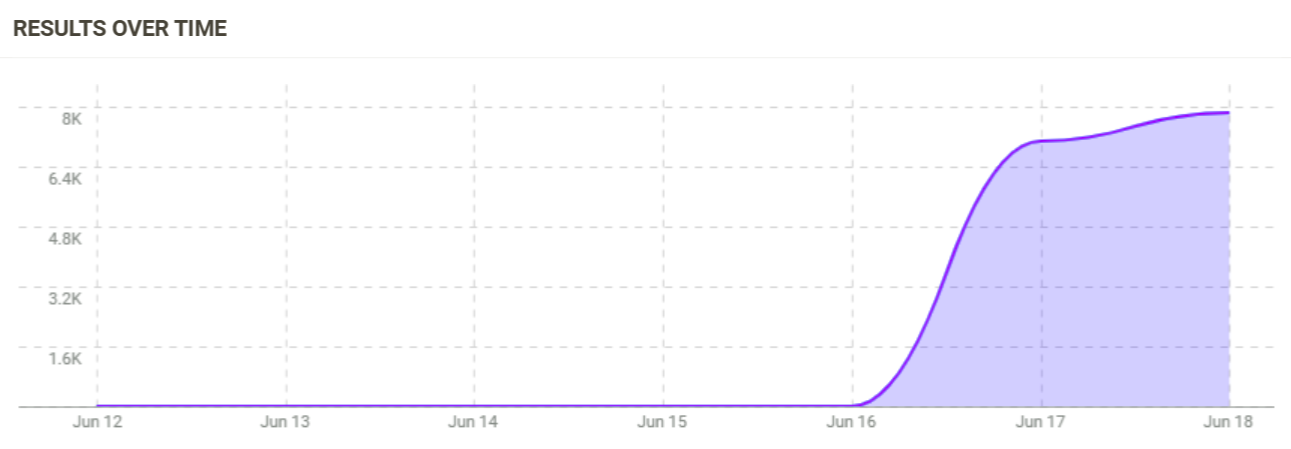Pro-Regime Influence Campaign Exposed Amid Iran-Israel War
In 24 hours, the campaign targeting Western audiences sparked 15,000 posts, 85,600 interactions, and 3.6 million views. Over 90% of posts were in English, with only 23.6% coming from inside Iran.
A coordinated social media campaign to portray Iran’s Supreme Leader Ayatollah Ali Khamenei as a beloved figure has been exposed as largely artificial, according to new social media analysis by Jewish Onliner. The effort, largely centered around the hashtag #OurLeaderKhamenei, appears aimed not at reflecting genuine Iranian sentiment, but at shaping Western perceptions of the embattled regime.
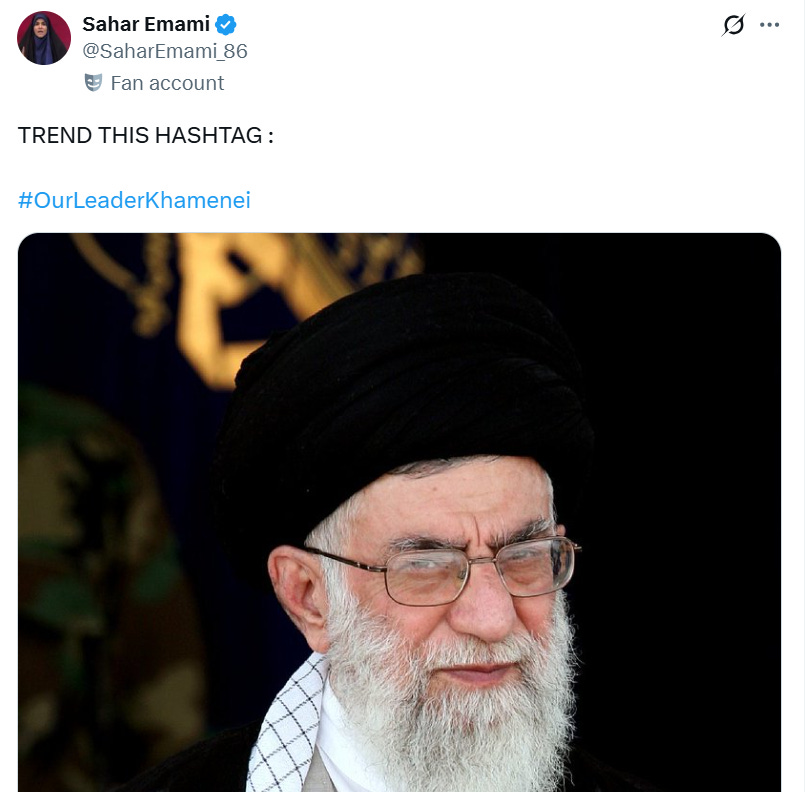
Launched on June 16, the hashtag has generated over 15,000 posts, 85,600 interactions, and 3.6 million views in 24 hours—figures that exclude Facebook and Instagram. Notably, more than 90% of the posts were in English, and only 23.6% originated from within Iran. In contrast, 20.8% of posts came from Pakistan, 17.1% from the United States, and 13.1% from India.
These findings suggest that the campaign is not a spontaneous expression of domestic support, but rather a manufactured effort likely coordinated by regime-linked actors or sympathizers abroad. The geographic and linguistic breakdown points to an objective not of rallying Iranians, but of convincing international observers—particularly in the West—that the regime retains popular legitimacy.
This influence operation comes as Israel’s Operation Rising Lion enters its second week. The military campaign has focused on degrading Iran’s nuclear capabilities and missile infrastructure, actions that have further isolated Tehran on the global stage. At the same time, Iranians inside the country have expressed support for efforts to weaken the regime—support that stands in stark contrast to the sanitized narrative being pushed online.

The Regime's Crisis of Legitimacy
While the Islamic Republic attempts to project internal stability and mass support, mounting evidence points to widespread dissatisfaction and systemic repression. Public protests—often led by women and young people—have become a recurring feature of Iranian life, despite the heavy toll imposed by the regime’s security apparatus.

The 2022–2023 Women, Life, Freedom protests, triggered by the death of 22-year-old Mahsa Amini at the hands of Iran’s morality police, laid bare the regime’s vulnerability. Despite brutal crackdowns, mass arrests, and executions, the underlying grievances have not been resolved. Inflation, corruption, and economic mismanagement continue to deepen public frustration.
The current social media campaign appears to be a digital extension of the regime’s longstanding strategy of narrative control. But as data reveals the foreign-centric nature of #OurLeaderKhamenei, it becomes increasingly clear that such efforts are aimed at foreign consumption—not domestic reassurance. And there are likely many more such campaigns currently underway that have not yet been identified.
Ultimately, while Tehran scrambles to present an image of unity, many Iranians remain defiant. The widening gap between regime propaganda and lived reality underscores a fundamental truth: for many inside Iran, the Islamic Republic is not a source of pride, but of pain.



